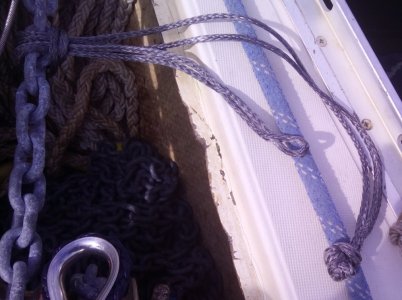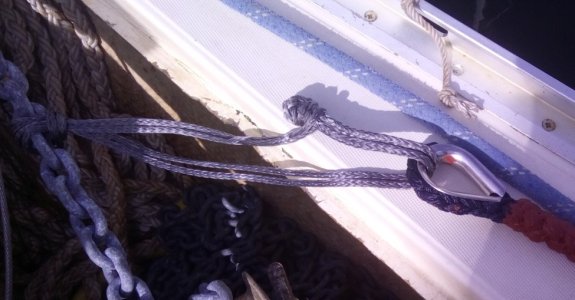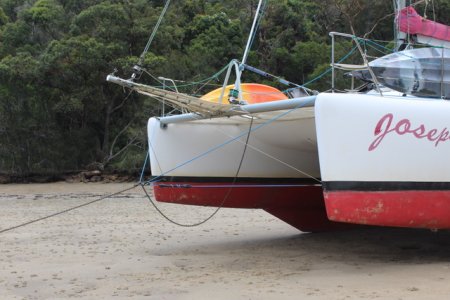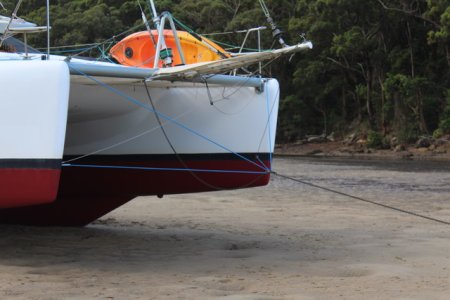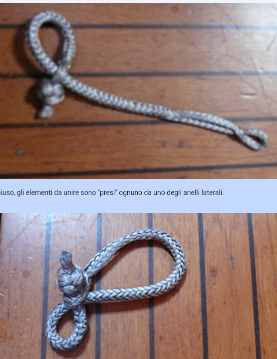noelex
Well-Known Member
There is no perfect connection system between the chain and the snubber. The best solution is to try the various options and see which one you prefer. A soft shackle is my personal favourite, but yours may be different and that is fine. The better soft shackle designs can be attached with one hand if this is an important factor.If you use small chain, in our case 6mm, and maybe 8mm (in the dark and rain) then threading the soft shackle through a link is not so easy.
Most chain hooks, or devices can be attached with one hand.
Jonathan
Testing the soft shackle option is reasonably risk free so I would encourage everyone to give it a try. If it is not your favourite solution, the soft shackle will have a multitude of other uses so the cost (which is low these days anyway) will not be wasted.
The soft shackle will never fall off, slip, jam or abrade the galvanising. It will also pass over the bow roller without risking any damage. There is a lot to like.
For most boats the strength of the soft shakle that comfortably fits through the chain will be well above the strength of the nylon snubber, at least if you use one of the better designs of soft shackle incorporating the button knot with high quality HMWPE. Strength is not normally a concern.
Smaller boats with thinner chain can use thinner soft shackles so normally the fit is just as easy. However, on your previous boat you were using G100 chain in 6mm diameter on a large catamaran so it may be an issue in this case.
What was the breaking strength of the snubber you were using and what sized soft shackle did you try?
Last edited:

